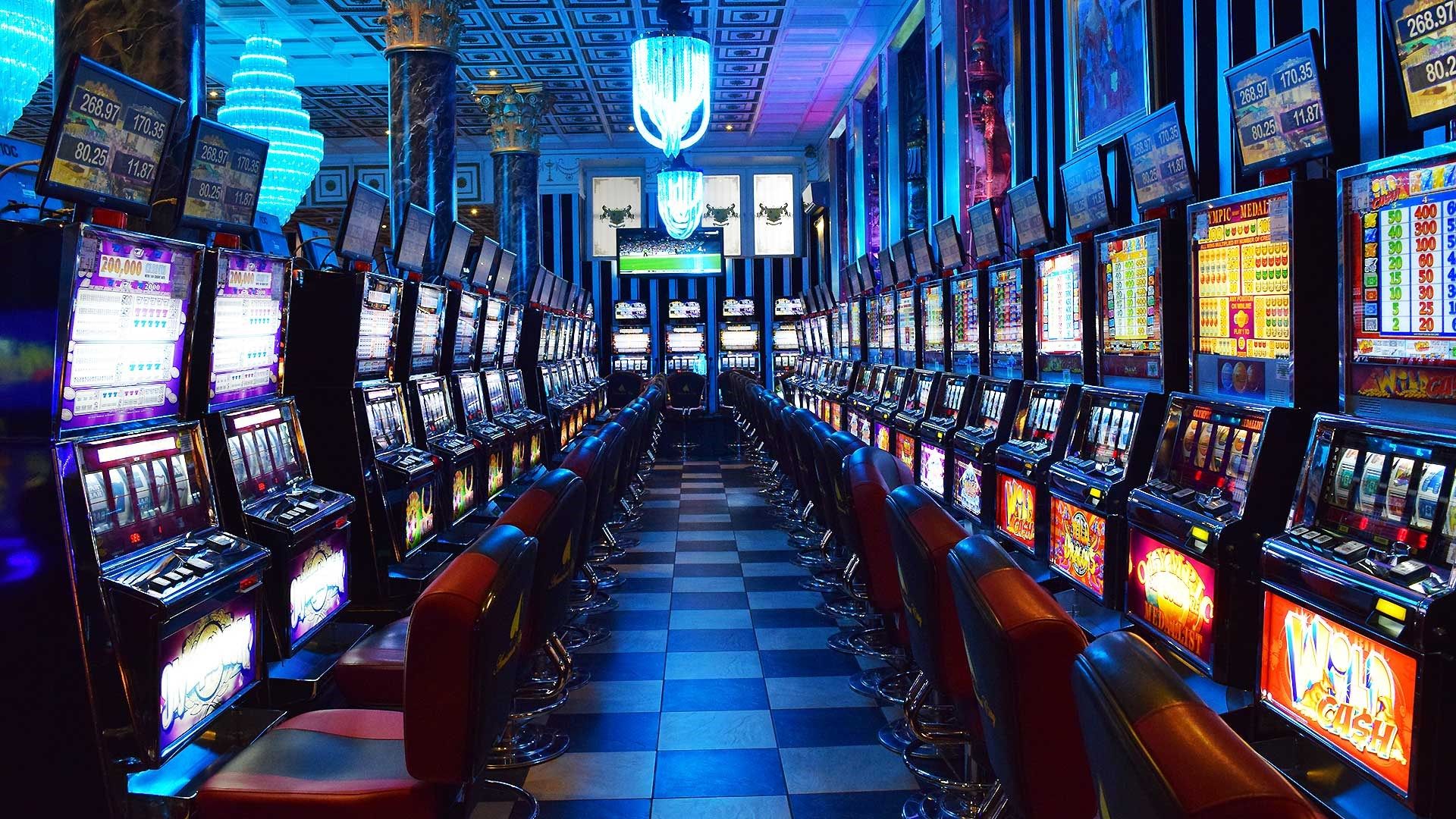
Casino experiences have long captivated the human imagination, drawing players into a world filled with chance, planning, and the allure of adventure. Each experience is painstakingly crafted not just for enjoyment, but also to evoke particular emotional responses that keep gamblers immersed and committed. Understanding the reasons behind these designs reveals much about how behavioral psychology plays a key role in the gaming experience.
From the bright lights and lively sounds to the intricate layering of systems and rewards, casino games are designed to create an atmosphere of excitement and eagerness. Game designers leverage psychological principles to influence gambler behavior, whether through the use of winning opportunities, near-miss scenarios, or social interactivity. By examining these aspects, we can better appreciate how casino games fulfill not just a desire for entertainment, but deeper psychological needs for adventure and uncertainty.
Comprehending Player Behavior
Casino games are crafted with a deep understanding of player psyche, which is crucial for luring and retaining players. The thrill of the game, coupled with the anticipation of winning, creates a formidable allure. Game designers employ elements like sound effects, colorful graphics, and immersive gameplay to seize attention and generate emotional responses. These sensory effects enhance the total environment, making players feel more invested in the game.
Another significant aspect of player behavior is the notion of risk and reward. Casino games often manage risky situations with the potential for considerable rewards, which can cause the occurrence known as near-miss experience. When players come within reach to winning, the brain produces dopamine, strengthening their behavior and motivating them to keep playing in quest of that hard-to-reach win. This cycle of wish and disappointment plays a key role in how games are structured and promoted.
Lastly, community aspects also play a central role in player behavior at casinos. Many games are designed to be played in teams or in company with other players, creating a sense of togetherness and collective experience. The community engagement inherent in games like baccarat enhances enjoyment and can lead to extended gameplay. Designers take advantage on this by crafting environments that encourage players to linger, socialize, and revisit, making the overall casino experience more appealing.
The Role of Imagery and Audio
Visuals and sound play a vital role in enhancing the gambler’s experience within casino games. Designers utilize bright colors, eye-catching graphics, and engaging animations to capture players’ attention and maintain their focus. The use of motifs, such as adventure or opulence, helps create an engaging atmosphere that takes players into a different world. 98win By connecting to the senses, these elements contribute to a intensified emotional response, prompting players to engage more profoundly with the games.
Sound design is equally important in reinforcing the experience of gambling games. The combination of ambient music, sound effects for successful combinations, and ambient noises creates an sound landscape that holds players enthralled. Sounds associated with wins, such as ringing bells or festive music, evoke feelings of excitement and reward, encouraging players to continue playing. These audio cues are strategically placed to amplify the excitement of the game and create a more immersive experience.
Additionally, the alignment of imagery and sound is important for reinforcing the game’s overall theme and mood. Each element should align harmoniously to create a cohesive experience that draws players in. The effective use of this synergy not only enhances user enjoyment but also increases the chances of return play, as players become more engaged in the immersive world that the gambling games offer. This thoughtful combination of imagery and audio ultimately enhances player engagement and commitment.
Incentive Systems and Engagement
The creation of casino games significantly depends on reward structures to ensure participants involved and coming back for additional experiences. These structures are rooted in behavioral theories that exploit human behavior and motivation. Players are often motivated by the thrill of success, which is supported by instant responses through the game structure’s mechanics. This instant gratification not only improves the gaming experience but also cultivates a sense of achievement, prompting players to keep playing in hopes of greater rewards.
Gaming establishments adopt various incentive systems, such as large payouts, extra rewards, and multipliers, to captivate participants. These features create a layer of excitement that sustains engagement. Additionally, the unpredictability of outcomes plays a crucial role in keeping attention. The intermittent reinforcement schedule, where wins are unpredictable but happen often enough, maintains participants on edge and driven to continue participating. This loop of hope and expectation is essential to the effectiveness of casino games.
Furthermore, social elements, such as competitive events and multiplayer features, enhance the engagement factor by leveraging the competitive nature of players. The shared experience of gaming with fellow participants can intensify the excitement of winning and create a sense of community within the casino. By integrating these social dynamics with effective reward systems, casino games don’t just offer entertainment but also foster a deeper bond among participants, solidifying their loyalty to the gaming experience.